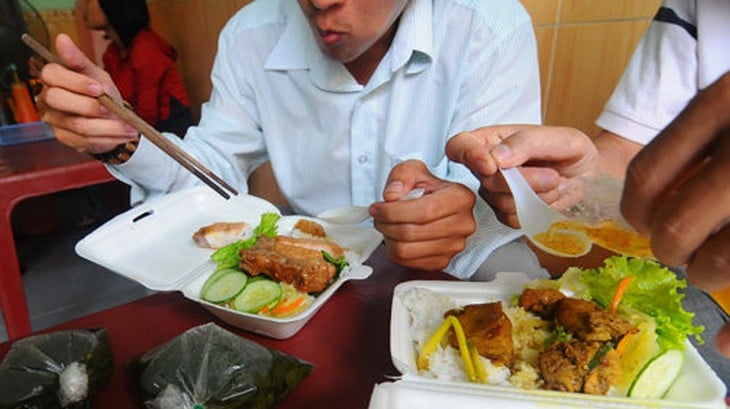
Styrofoam food containers are commonly used today - Photo: TTD
On April 24, the Department of Food Safety (Ministry of Health) issued guidelines on ensuring food safety in the use of foam boxes to contain and preserve food.
Styrofoam boxes are made from Polystyrene (PS) with air accounting for 95% and PS accounting for only 5%, so they are very light. Styrofoam boxes for storing and preserving food are widely used in the world.
Although it is a safe material, there is a risk of affecting consumer health due to lead and cadmium contamination from impure can manufacturing materials.
In addition, styrene and ethylbenzene are also released due to improper use of foam boxes in food storage and preservation.
To ensure food safety in the use of foam boxes to contain and preserve food, the Food Safety Department instructs people to only use foam boxes to contain and preserve food with clear origin, ensuring compliance with food safety regulations.
Use foam boxes to store and preserve food according to the manufacturer's instructions and recommendations. Foam boxes made from PS are only used to store and preserve food with temperatures below 70 degrees Celsius.
Styrofoam food containers should only be used once and temporarily. Do not use foam boxes to store and preserve food for long periods of time.
Do not use Styrofoam boxes to store hot foods and drinks, fatty foods, boiling water, sour foods and drinks (pickles, vinegar salad, lemon juice, lemon tea, etc.) or grease or cooking oil.
Do not use a microwave to heat food contained in styrofoam containers.
For manufacturers and traders, ensure full compliance with regulations on safety conditions for foam boxes containing food and other food packaging and storage tools and materials as prescribed in Article 18 of the Law on Food Safety.
Please note that recycled materials are not used to produce foam food containers and additives are not allowed in the production of foam food containers.
The Food Safety Department also requires manufacturers and businesses to have specific instructions on usage conditions (limits on temperature, oil, grease, acidity, alkalinity...) according to product requirements.
At the same time, comply with technical and management requirements on hygiene and safety for synthetic plastic packaging and utensils in direct contact with food according to regulations.
Violations of regulations on production, trading, and use of tools, packaging materials, and containers that come into direct contact with food will be handled according to regulations.
Source: https://tuoitre.vn/cuc-an-toan-thuc-pham-huong-dan-su-dung-hop-xop-dung-dung-thuc-an-co-nguy-co-the-nao-20250424160358289.htm


![[Photo] Prime Minister Pham Minh Chinh receives Cambodian Minister of Commerce](https://vstatic.vietnam.vn/vietnam/resource/IMAGE/2025/4/28/be7f31fb29aa453d906df179a51c14f7)



![[Photo] Prime Minister Pham Minh Chinh and Japanese Prime Minister Ishiba Shigeru attend the Vietnam - Japan Forum](https://vstatic.vietnam.vn/vietnam/resource/IMAGE/2025/4/29/fc09c3784d244fb5a4820845db94d4cf)
![[Photo] Signing ceremony of cooperation and document exchange between Vietnam and Japan](https://vstatic.vietnam.vn/vietnam/resource/IMAGE/2025/4/28/e069929395524fa081768b99bac43467)
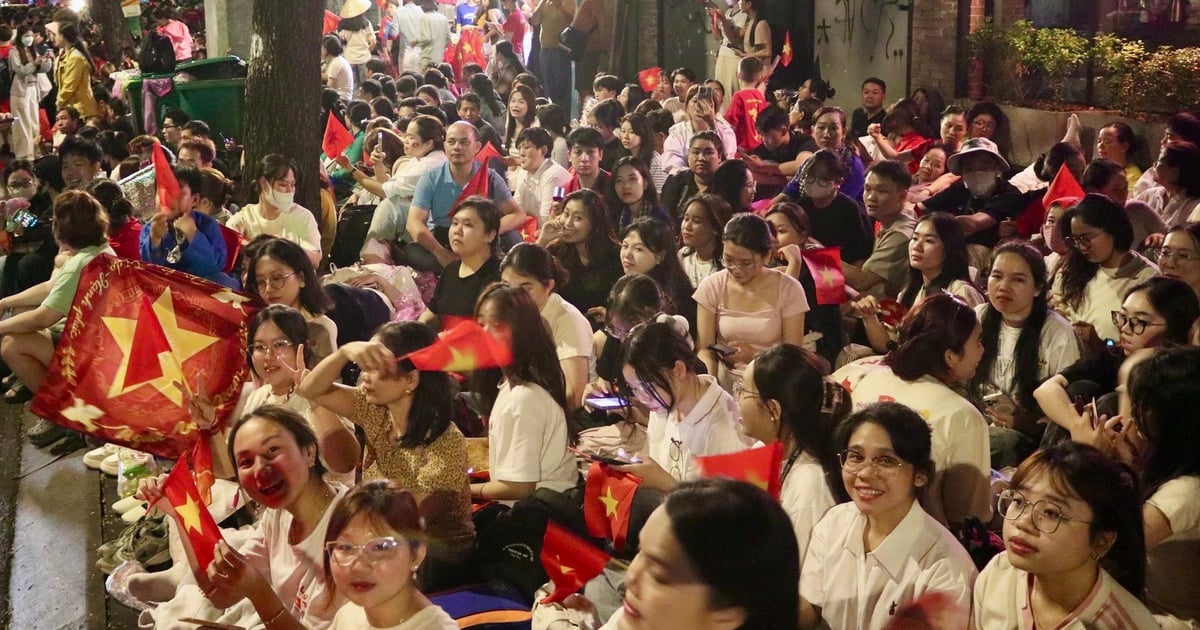

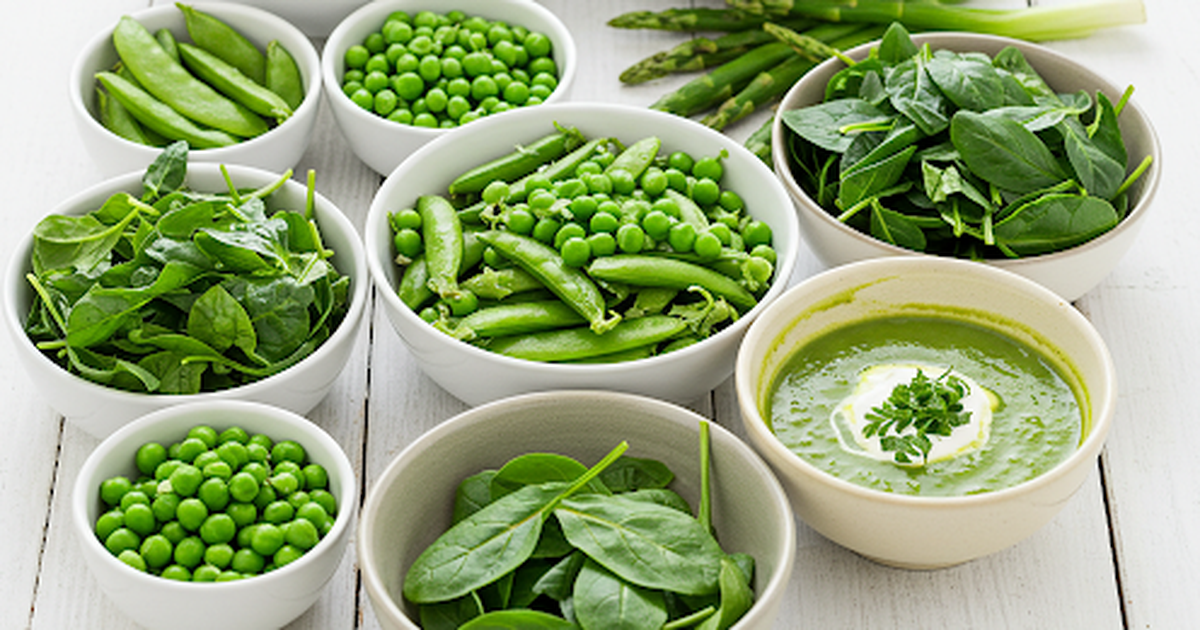
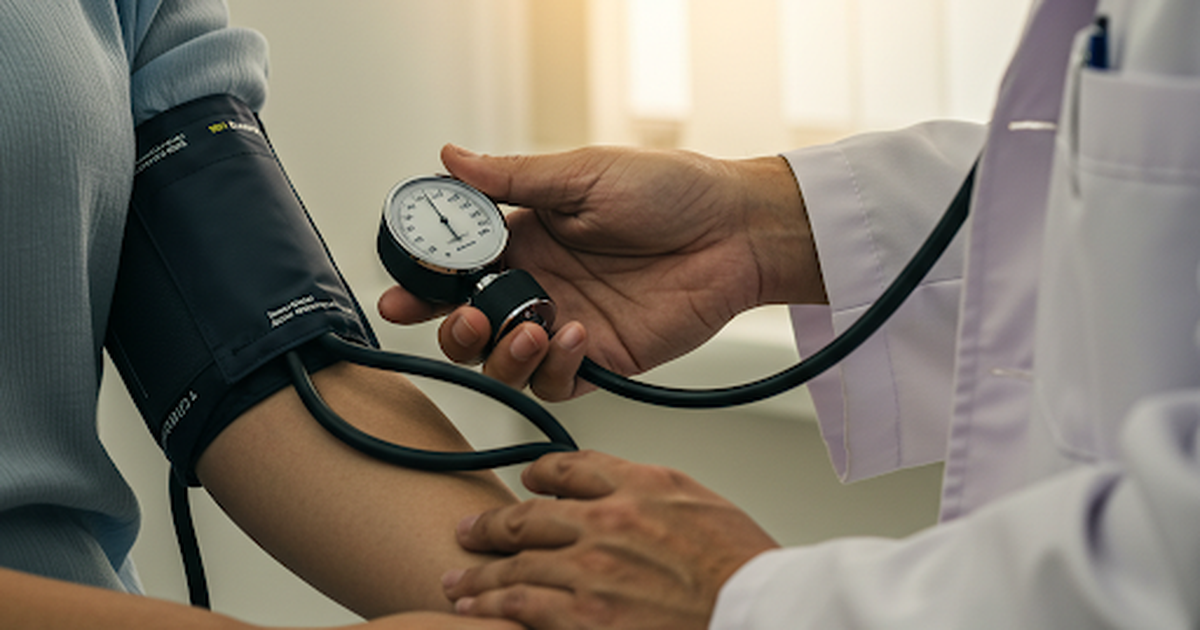
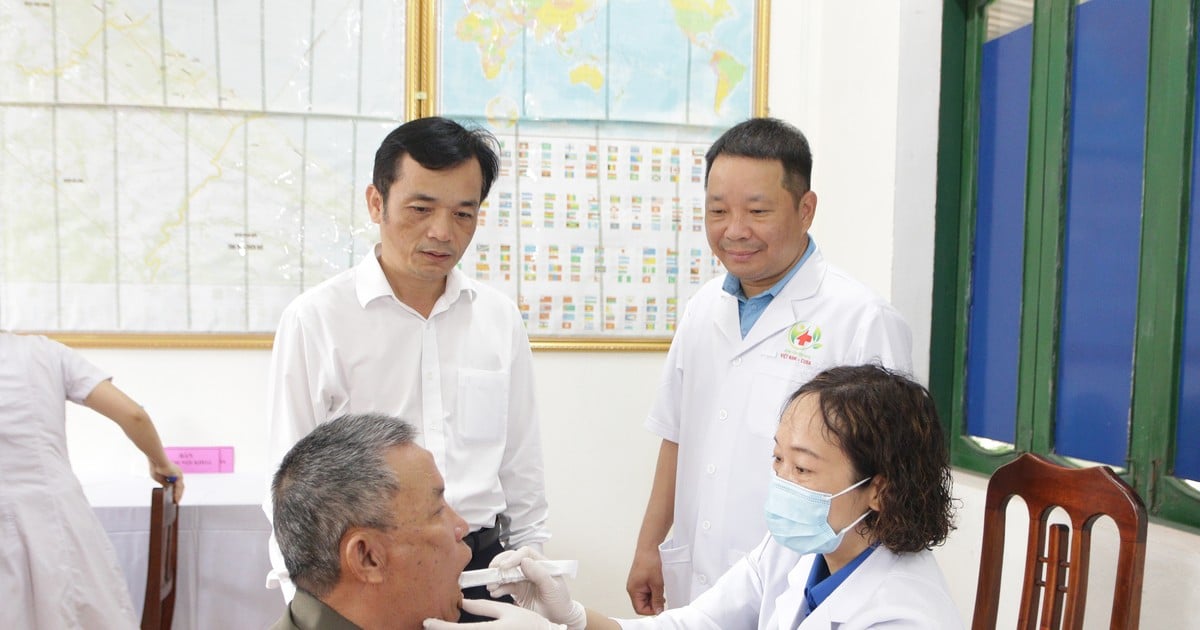
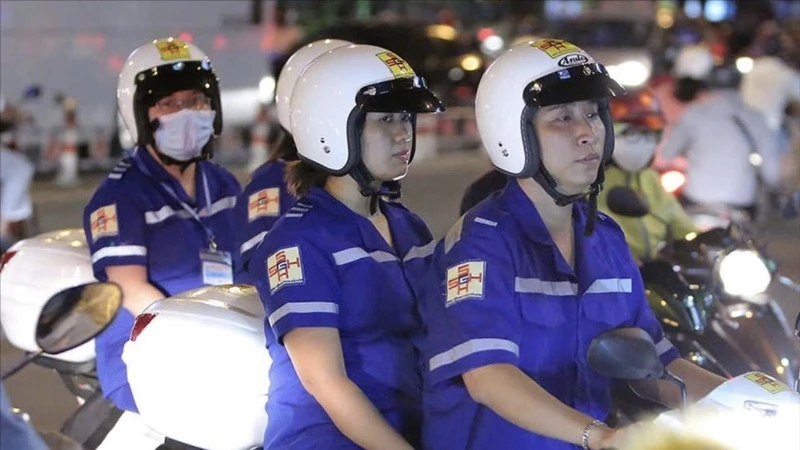







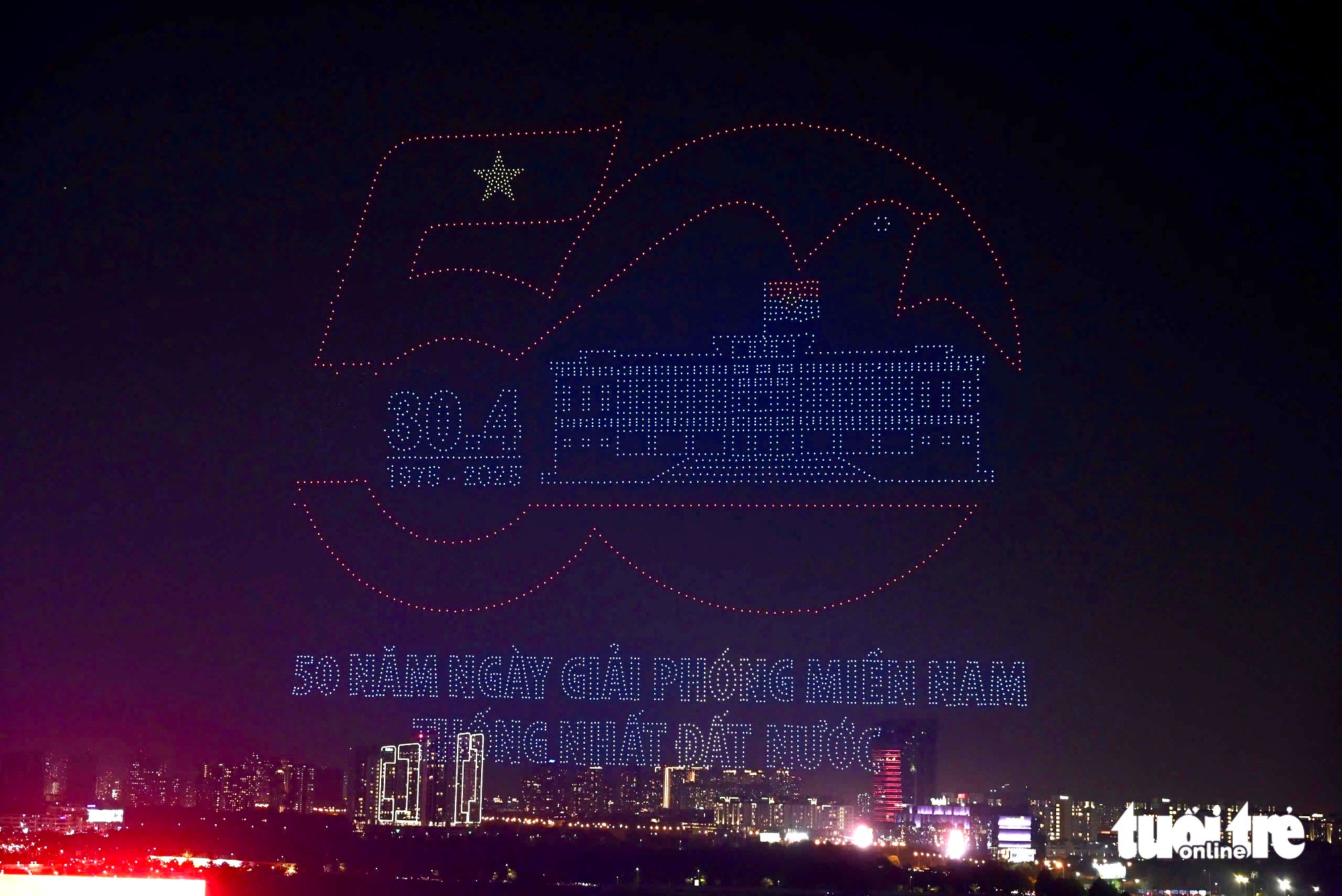
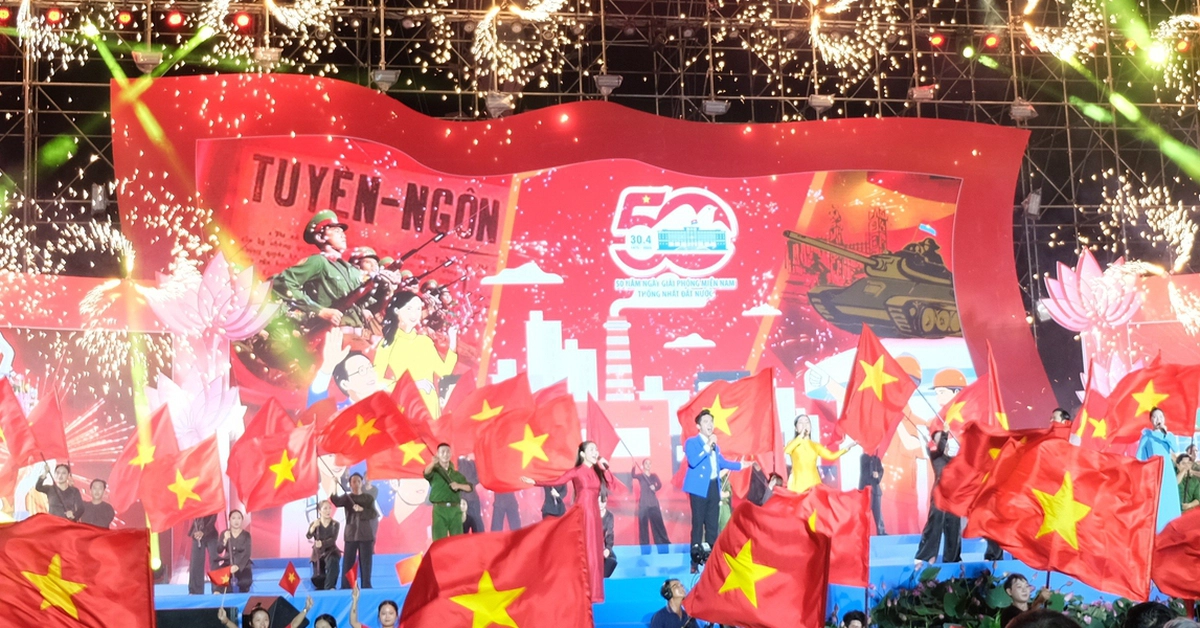
![[Photo] Special supplement of Nhan Dan Newspaper spreads to readers nationwide](https://vstatic.vietnam.vn/vietnam/resource/IMAGE/2025/4/28/0d87e85f00bc48c1b2172e568c679017)
![[Photo] A long line of young people in front of Nhan Dan Newspaper, recalling memories of the day the country was reunified](https://vstatic.vietnam.vn/vietnam/resource/IMAGE/2025/4/28/4709cea2becb4f13aaa0b2abb476bcea)









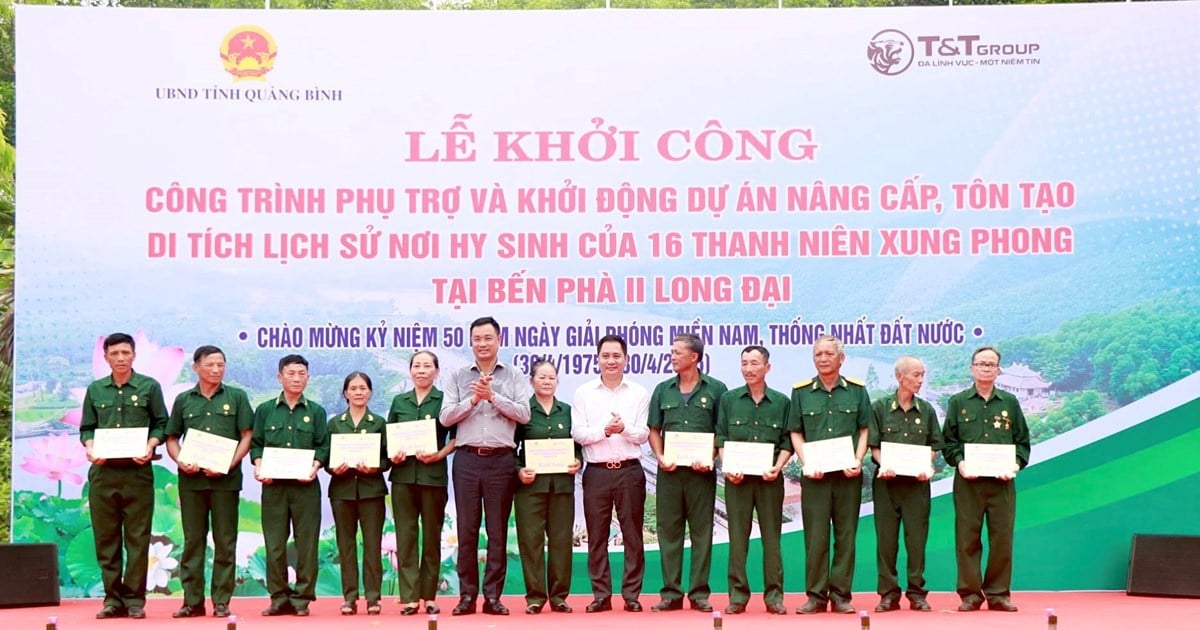












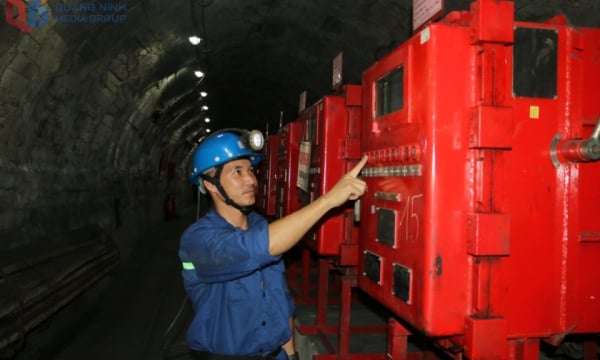


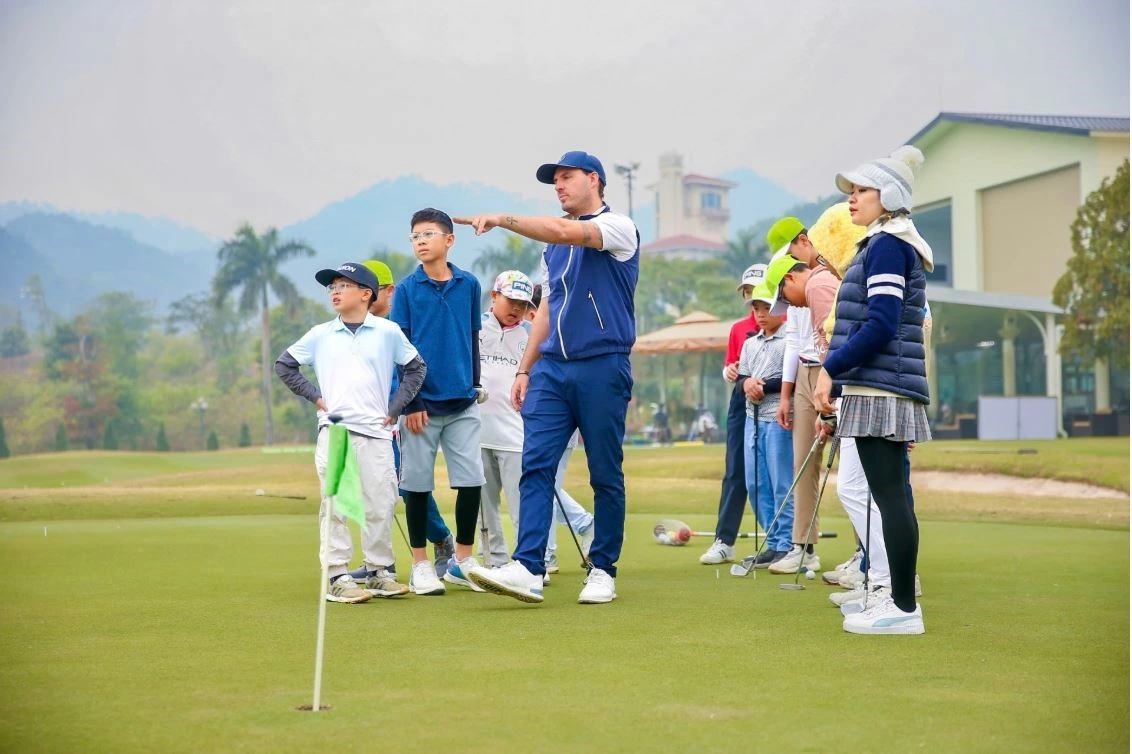
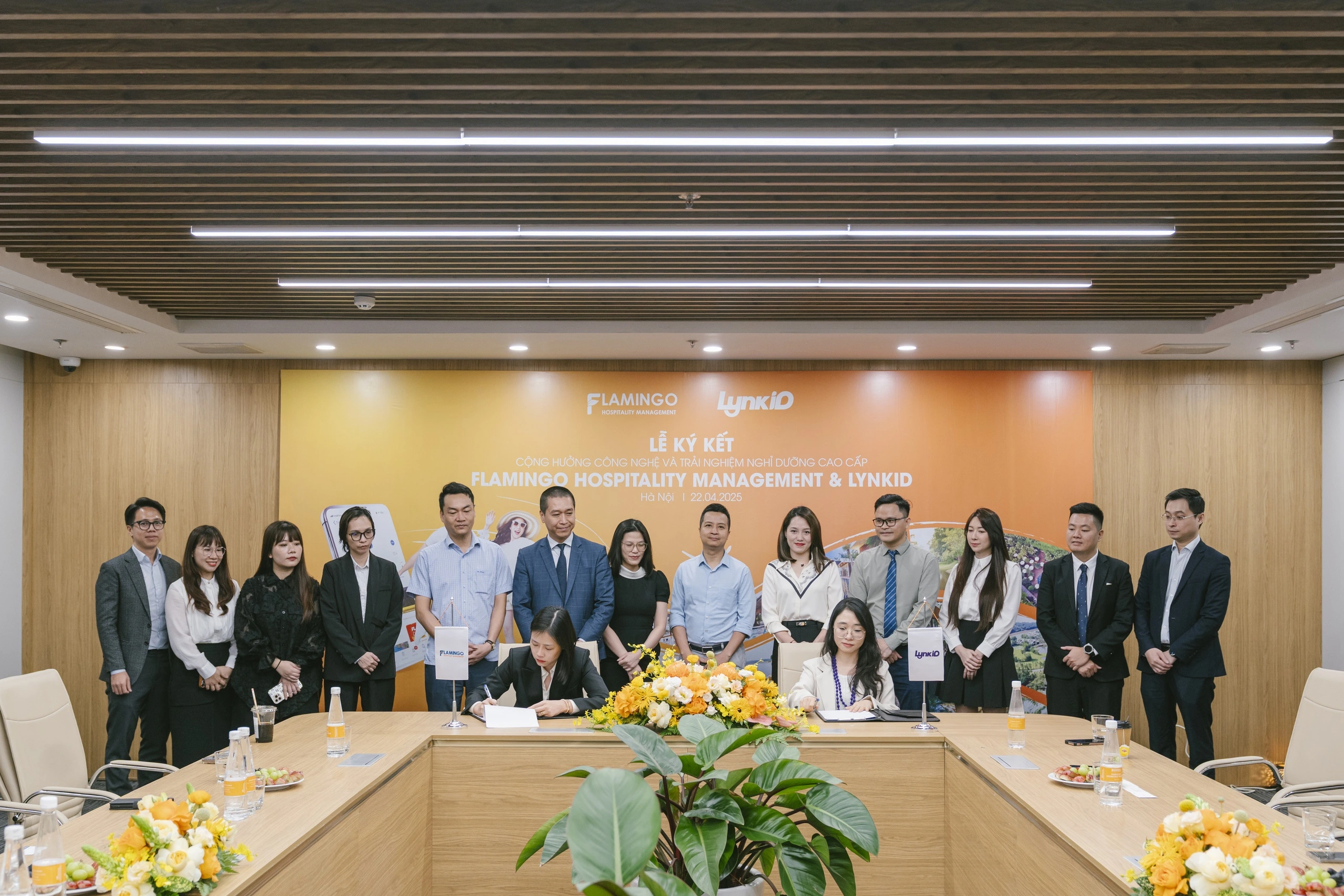
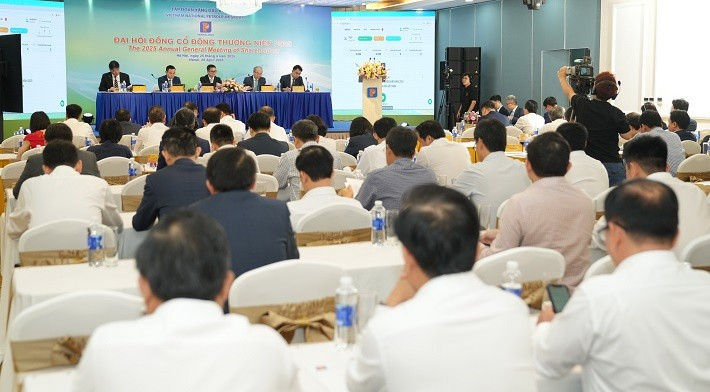





















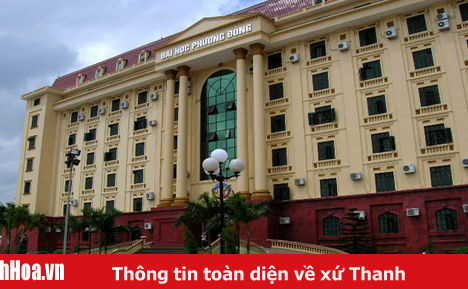
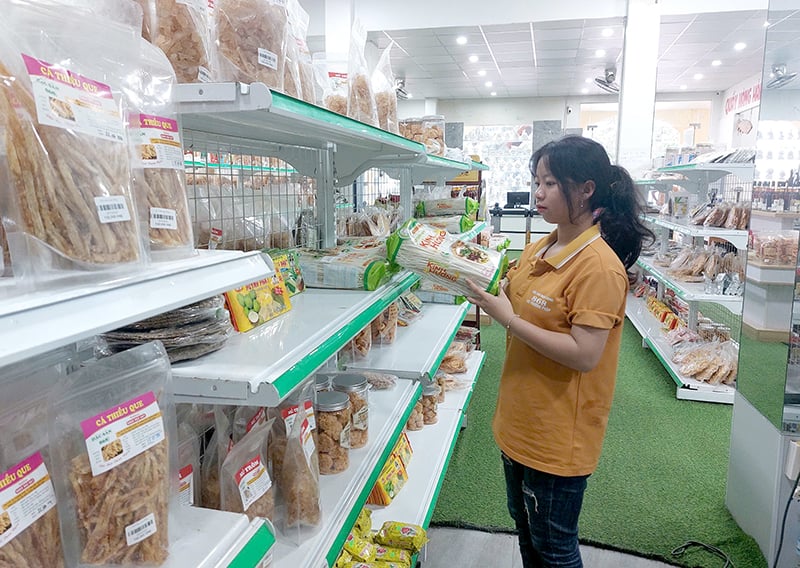
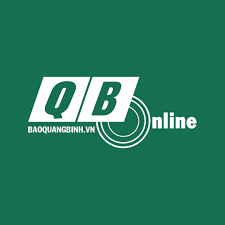
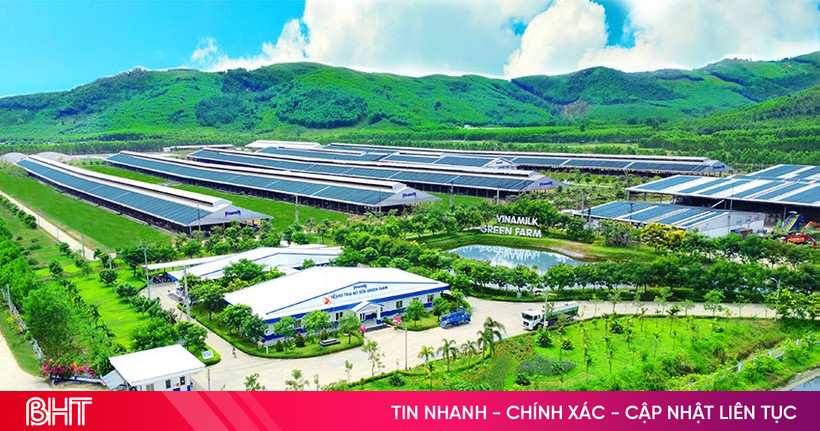


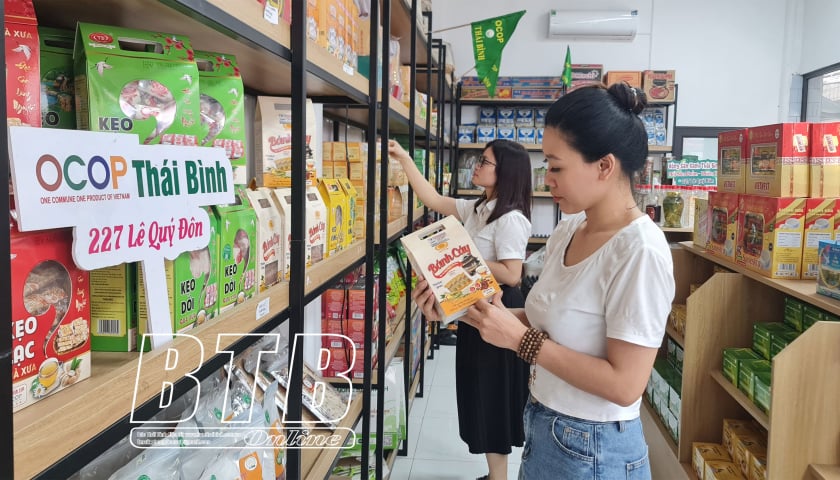

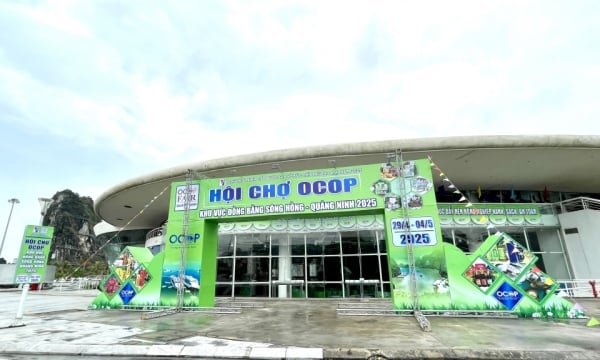
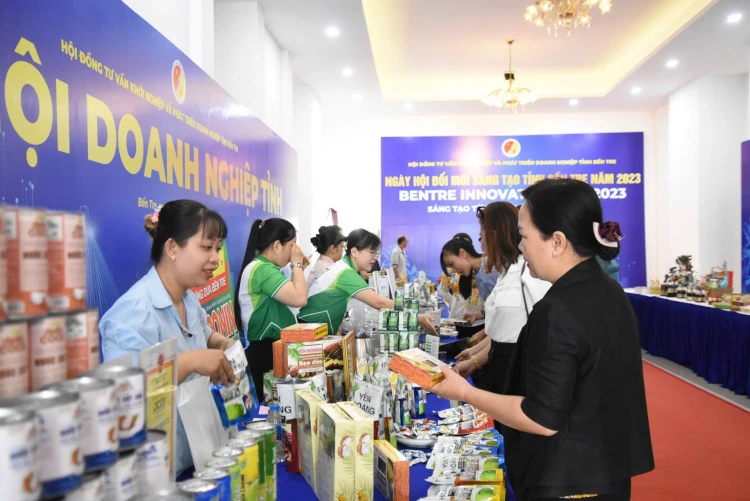

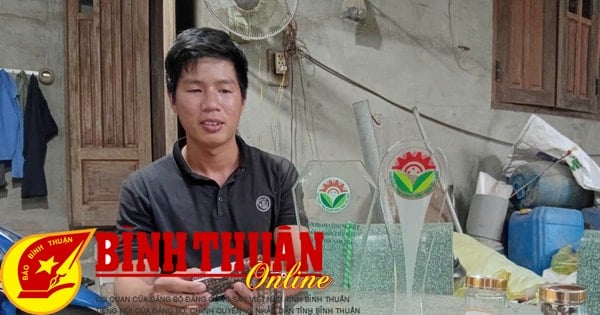

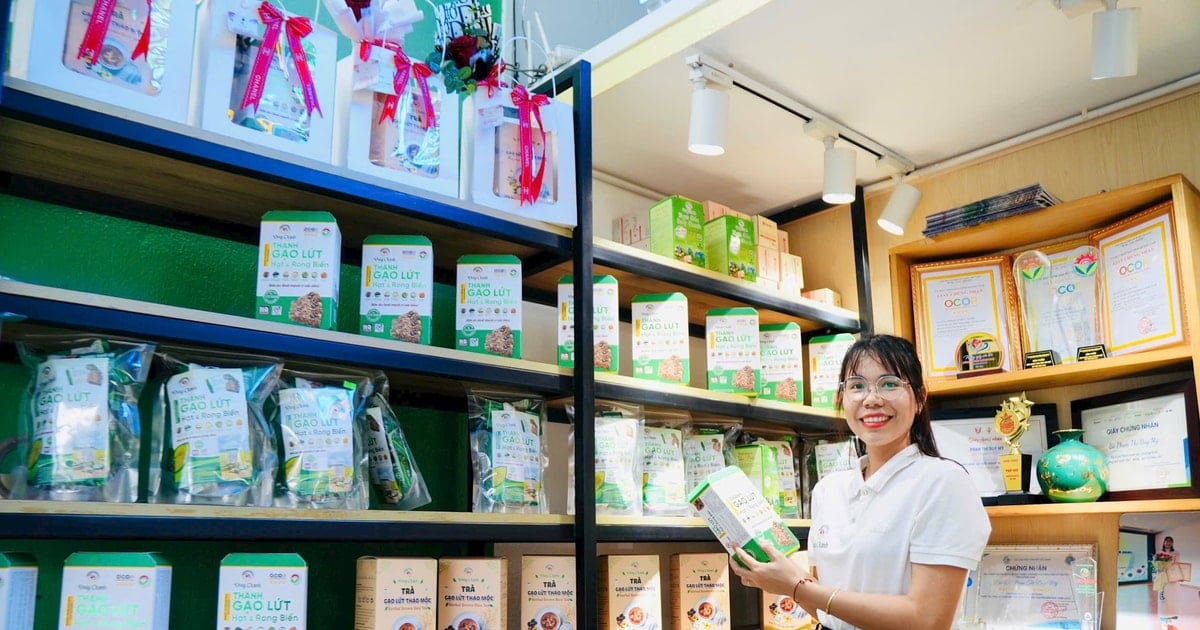

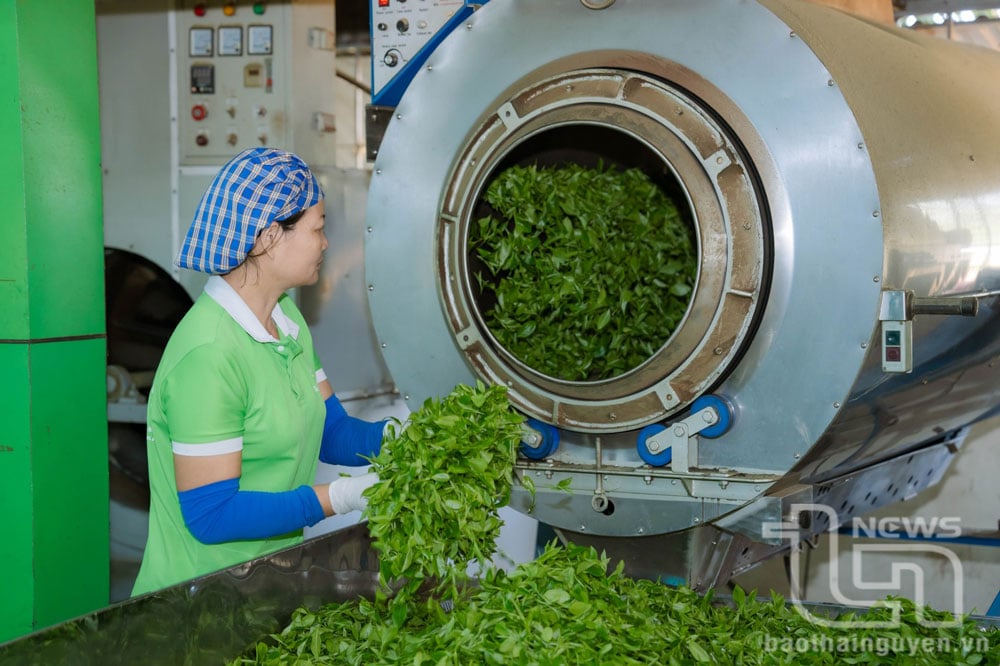

Comment (0)